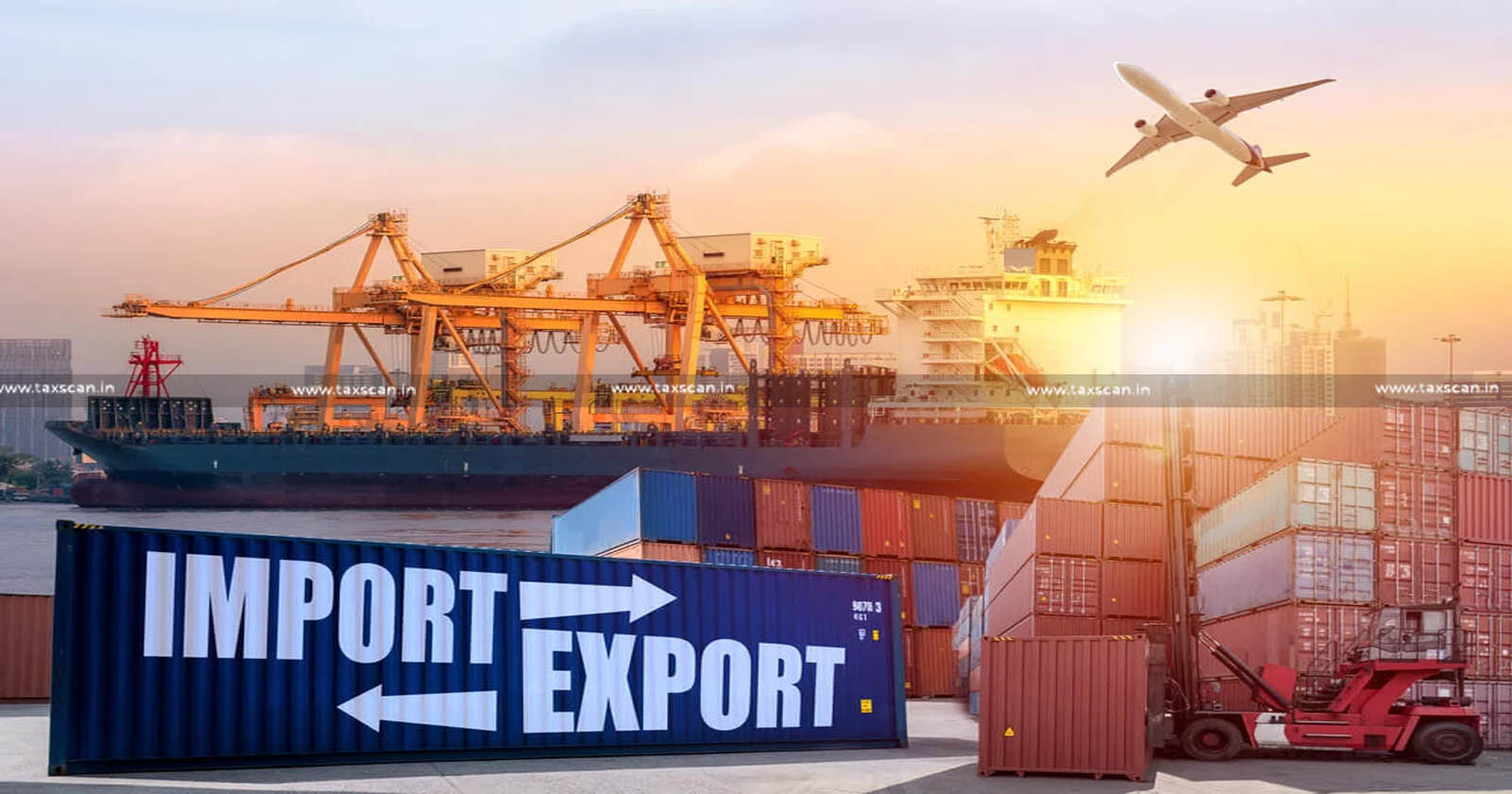New CBIC Guidelines for Import and Export through Personal Carriage Effective from May 1, 2025
The Ministry of Finance announced new streamlined procedures for the import and export of goods through personal carriage, effective from May 1, 2025.

New CBIC Guidelines – Import – Export – Personal Carriage Effective – TAXSCAN
New CBIC Guidelines – Import – Export – Personal Carriage Effective – TAXSCAN
The Ministry of Finance, through the Central Board of Indirect Taxes and Customs (CBIC) issued Circular No. 09/2025-Customs dated March 28, 2025, announcing new procedures for the import and export of goods through personal carriage.
This circular has been introduced in response to several requests from exporters and importers who use personal carriage to transport high-value goods. Personal carriage refers to goods being physically carried by a passenger while travelling, as opposed to being sent via cargo. The new procedure is expected to save time, reduce costs, and promote ease of doing business by digitising and standardising the customs process across selected international airports in India.
Step by step guide of preparing company Balance sheet and profit & loss account Click Here
Scope of the Circular
The circular applies to the import and export of gems and jewellery, as well as samples and prototypes, carried personally by air passengers. It sets out clear rules for filing the necessary documents, getting customs clearance, and handling goods at the airport. The system will now be handled electronically, with passengers and businesses required to submit specific information in advance.
Read More: Govt Exempts Import Duty on Chana (chickpeas) from April 1, 2025 [Read Notification]
Complete practical guide to Drafting Commercial Contracts Click Here
Airports Covered Under the Scheme
- For the export of gems and jewellery, personal carriage is allowed through nine airports: Delhi, Mumbai, Kolkata, Chennai, Kochi, Coimbatore, Bangalore, Hyderabad, and Jaipur.
- The facility for importing gems and jewellery is available at seven airports: Delhi, Mumbai, Kolkata, Chennai, Bangalore, Hyderabad, and Jaipur.
- For samples and prototypes, this facility is currently being launched at four airports on a pilot basis: Delhi, Mumbai, Chennai, and Bengaluru.
Export Procedure for Personal Carriage
Exporters who wish to export goods through personal carriage will be required to file an electronic shipping bill at least 24 hours before the scheduled departure of the passenger. The shipping bill must clearly mention that the goods will be carried as personal baggage. It should also include all relevant travel and identification details, such as flight number, passenger name, passport number, and Importer Exporter Code (IEC).
The goods must be brought to the designated location at the airport or air cargo complex one working day before departure. Customs officials will examine the goods, and if everything is in order, a clearance for export (known as Let Export Order or LEO) will be granted.
Step by Step Handbook for Filing GST Appeals Click Here
After clearance, the goods will be sealed and stored in a customs warehouse at the airport. The exporter or passenger will be given a Detention Receipt, which must be presented later at the time of departure to retrieve the goods.
In cases where the exporter is eligible and has the necessary approval, the examination of goods may also be done at the factory itself, saving time at the airport.
On the day of departure, the passenger should arrive well in advance and present the Detention Receipt to the customs officer after completing immigration formalities. The customs officer will then escort the passenger to retrieve the export parcel and ensure that it is carried on board.
Import Procedure for Personal Carriage
- For imports, the importer must file a Bill of Entry before the arrival of the passenger carrying the goods. The declaration must include details such as flight number, passenger details, passport number, IEC, and AD Code. The goods brought in as personal baggage must be declared at the Red Channel in the arrival hall.
- The passenger must request temporary detention of the goods and submit a declaration along with the required details. Customs will seal the goods and store them securely at the airport. A Detention Receipt will be issued to the passenger.
- Once the importer completes the customs procedures and pays any applicable duties, they can present the Detention Receipt and collect the goods from the warehouse.
Read More: New 30-Day E-Invoice Rule from April 1, 2025: What Businesses Need to Know
Complete Ready to Use PDFs of 200+ Agreements Click here
Samples and Prototypes
The same procedure applies for the export and import of samples and prototypes, which are commonly used in high-end manufacturing and engineering sectors. For eligible businesses, customs clearance can also be conducted at the factory premises, avoiding delays at the airport.
This process is especially helpful for companies dealing with product prototypes or machinery samples that need to be sent quickly for exhibitions, testing, or client approval.
The revised procedure will be implemented from May 1, 2025.
Support our journalism by subscribing to Taxscan premium. Follow us on Telegram for quick updates


